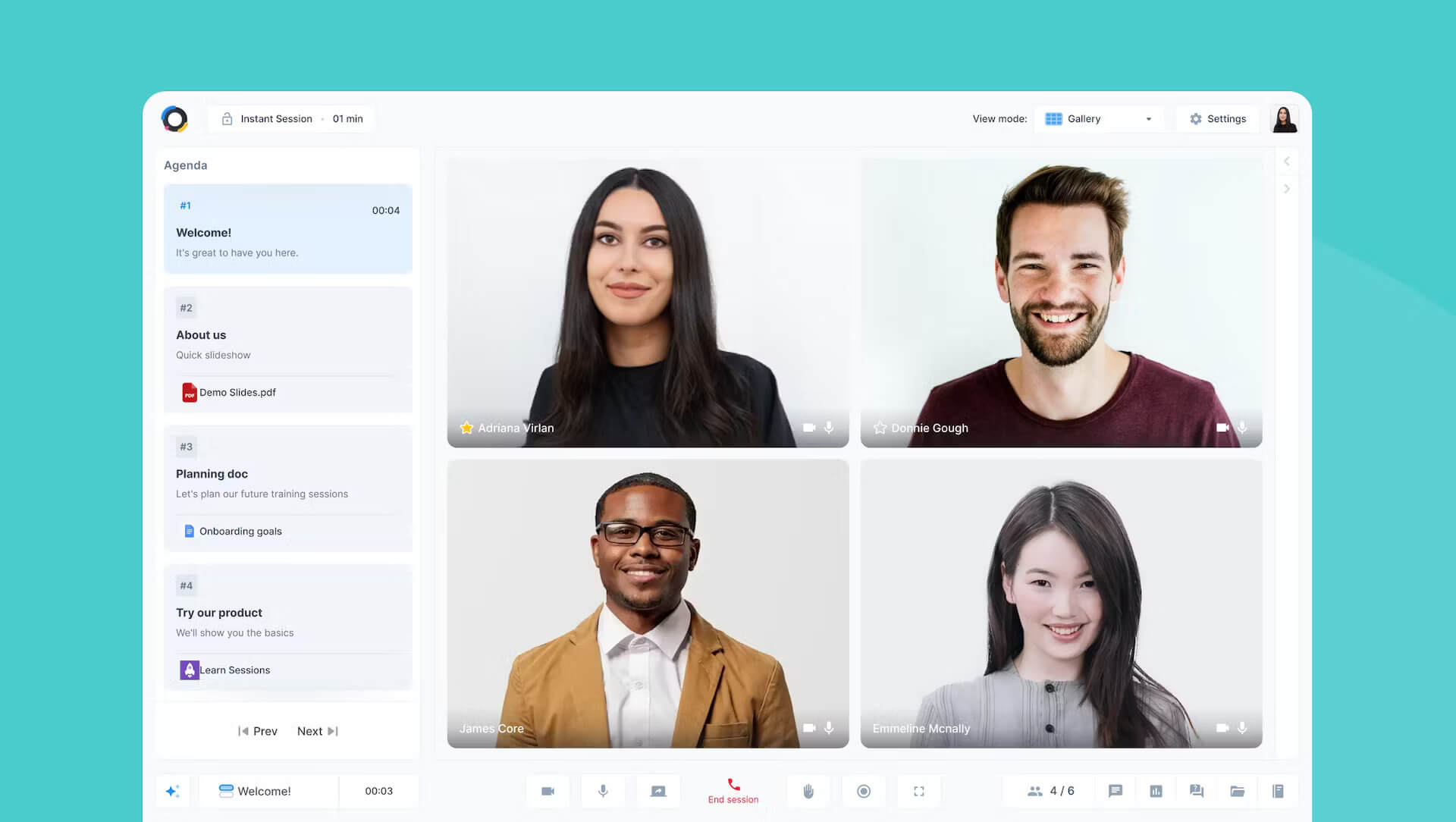
Having an agenda is said to be the heartbeat of every productive workday.
As a growth marketer, I’ve learned to color code and organize my tasks by urgency and importance; I even tried to refurbish my working space for better results. Every productivity app and feature found its way on my laptop, and I thought I was getting on my way to perfect optimization.
Needless to say, I was wrong. As it turns out, having your calendar crammed with events, tasks, and deadlines only means that your time is accounted for, but it doesn’t necessarily help your productivity. When faced with back-to-back meetings and the implied stress that comes with them, errors are likely to occur. A microphone malfunction, some awkward dead time spent switching between tabs, and now your carefully constructed meeting is running late. Besides, your eager-to-discuss client is now one annoyed client.
As I said earlier, using multiple tools for one job only extends the time spent checking tools and limits human connection during meetings — not a place you wish to be with potential clients or even coworkers.

Lately, I’ve tried to shift my approach from perfecting my scheduling skills to setting and maintaining a routine. It’s easy to do when most of the meetings you have in a day are recurring. From the town hall to qualitative interviews, there is a certain structure the conversation gravitates towards until it can effortlessly be turned into simple agenda items.
I do this with Sessions, a full-stack meeting platform that incorporates all the tools professionals use during the day, and that allows me to customize the agenda for all different kinds of meetings.
This way, I don’t have to open an additional tab for my Slides pitch deck and then open a doc for notes while simultaneously preparing follow-ups. I already know that the meeting agenda is set, and the follow-up will be done automatically after the session is done.
Because of this, I can focus on the main topic of the meeting and pay more attention to our partners. It is vital in short update meetings when you only have a couple of minutes available to present your report that you make good use of the time and not exceed it.
Sessions incorporates the entire Google stack, but also Miro, whiteboards, it has video integration and other valuable tools, and it’s a real lifesaver when it comes to retaining helpful information that can otherwise be lost during meetings.
I can work together with my coworkers on a document, and I can always go back to a particular session to view the notes, polls, and questions that I’ve received. For my daily activities, I switch between 5 or 6 templates in order to make virtual meetings more natural, engaging, and less tiring.
It usually takes seconds for new clients to get accustomed to Sessions’ design, so I don’t have to waste a lot of time explaining its functionality. Even now, when I’m conducting 10 to 20 market research interviews a week, the struggle of setting up these meetings has been reduced. All I have to do is send an invitation and log in to the platform on time.
However, that’s not to say technology alone is going to solve all our problems. Automation works best for the recurring meetings we all have in a day, but it takes practice to master discipline during a meeting. For me, Sessions worked — it shifted the dynamic of meetings between working hard and working smart. But part of the change is due to my own shift in mindset. I remind myself that I am in control of my time and productivity, and that helps me adjust my priorities so I can get the most out of my day.
The mindset is the most underrated part of the process, when it comes to optimization and once I realized that, I was able to find my own pace in meetings. I hope you will find it too.




Comment on this post